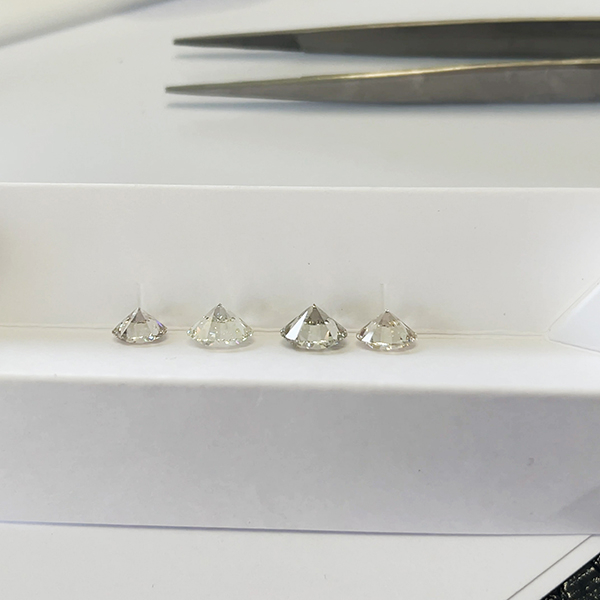
Imagine two round brilliant-cut diamonds displayed side by side. Each is 1 ct. in size, F color, VS2 clarity. One is a natural, mined diamond and the other is lab-grown.
Most retailers have been taught that beyond their disparate origins, the diamonds are chemically, optically, and physically identical, and that’s the message they’ve conveyed to consumers.
“For years, the trade has repeated these sentiments: that lab and natural diamonds are indistinguishable from each other,” says Lindsay Reinsmith, chief operating officer and director of sales at Ada Diamonds, a lab-grown, direct-to-consumer diamond brand based in San Francisco.
“We’re seeing so many more reductive claims that this is an indistinguishable product and that’s not the case,” adds Jason Payne, Reinsmith’s husband and CEO of Ada Diamonds.
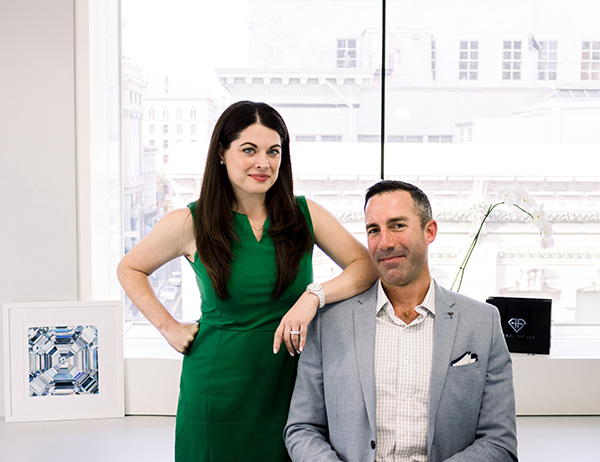
The potential structural and crystal differences between lab-grown and natural diamonds, as well as between lab-growns in general, go well beyond the 4Cs (cut, color, clarity, and carat size), and can often be seen with the naked eye. That was the gist of an hour-long presentation that Reinsmith and Payne gave at GIA headquarters in Carlsbad, Calif., on March 1 as part of the institute’s monthly guest speaker series.
“I look at lab diamonds all day,” Reinsmith tells JCK. “The year 2019 was a big turning point. We started to see a lot more material. We’d ask to inspect stones for our inventory and we started to see a lore more variants beyond the 4Cs in our office. And we started to have conversations with growers.”
Much of what Reinsmith and Payne began seeing were lab diamonds grown via chemical vapor deposition (CVD) that were tinged with brown or gray colors, or featured signs of strain and striation—lending the stones a streaky and blurry appearance, respectively.

In diamonds grown by high-pressure, high-temperature (HPHT) presses, some of the telltale signs of poor-quality growth that Reinsmith and Payne noted were stones tinged with blue or gray, as well as those that had phosphoresced.
The couple explained these crystal defects as the intentional byproducts of growing processes designed to speed product to market at the expense of quality.
“In the beginning, lab diamond growers sought to create super high-purity crystals that rivaled some of the best natural diamonds,” Reinsmith said during the presentation. “Then, in the last few years, interest exploded. Aspirational players [entered the market], many using disadvantaged technology. A lot had no business growing diamonds.
“The problem was exacerbated during Covid,” she added. “Diamond mining stayed shut longer than diamond growing. Cutters needed rough to cut and this has incentivized a market that encourages producing as much and as fast as possible for the lowest cost possible.”
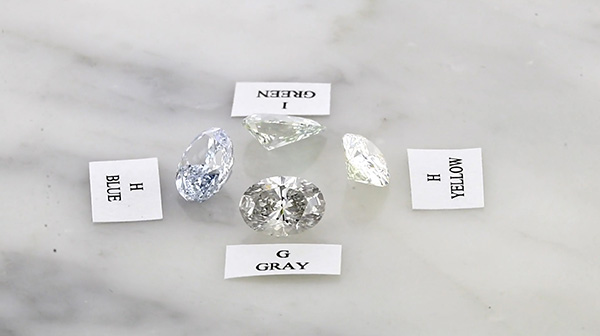
As growers around the world sought to increase their output, yet lacked the finances to increase their capital investments, they began taking shortcuts, said Reinsmith.
“You accelerate your growth cycle, you use and reuse cheap materials, you introduce masking materials,” she said “Lab-growns got faster and cheaper to produce, but not better.”
Payne made clear that growing problems often start with seeds. “There is no such thing as a perfect seed,” he said. “Seed quality defines diamond quality. The more faults, the blurrier the diamonds.
“Seeds deteriorate with each use,” he added. “So every time you use a seed, and start and stop your CVD reactor, the quality of the seed decays. You recycle them and they get poorer in quality. The challenge for CVD growers is to procure good quality seeds.”
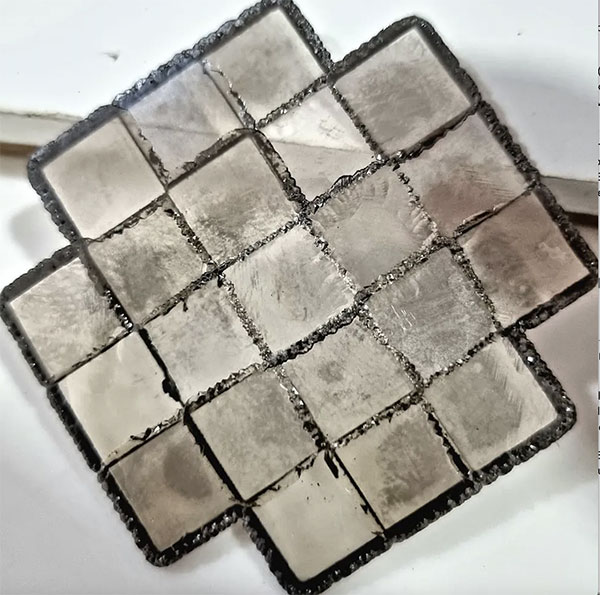
The upshot of these market dynamics is two-fold: One, there’s been a glut of lab-grown material, particularly in the 2 to 3 ct. range. And two: The market is bifurcating into two segments, one populated by upscale producers who take time growing their diamonds and charge a premium as a result, and budget producers who prioritize fast, cheap goods.
Reinsmith and Payne said they expect greater industry consolidation, as poor-quality growers begin going out of business, and, in the worst-case scenario, a consumer confidence crisis that stands to disrupt the entire lab-grown diamond trade.
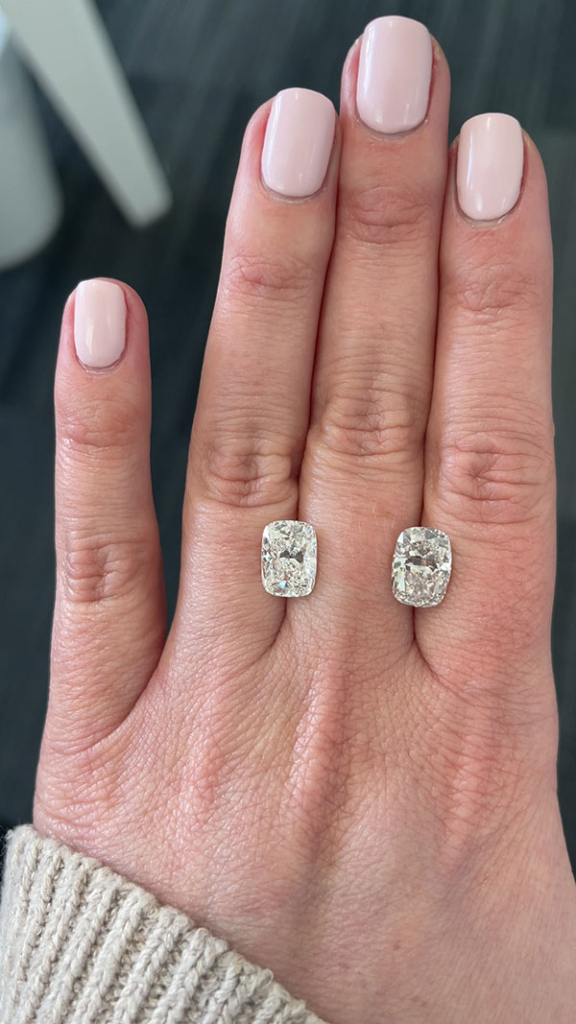
“We owe it to the public to have more transparency about lab-grown diamonds,” Reinsmith said. “We should cease referring to them as identical, with differences only seen with special tools. If you’re an independent jeweler who recently started selling lab-grown, you likely built your business on reputation. You owe it to your customers to get educated on what the quality characteristics are beyond the 4Cs.
“And don’t lie because the diamonds speak for themselves,” she added.
Top: Four G color lab-grown diamonds produced by CVD technology (photo courtesy of Ada Diamonds)
Follow JCK on Instagram: @jckmagazineFollow JCK on Twitter: @jckmagazine
Follow JCK on Facebook: @jckmagazine






